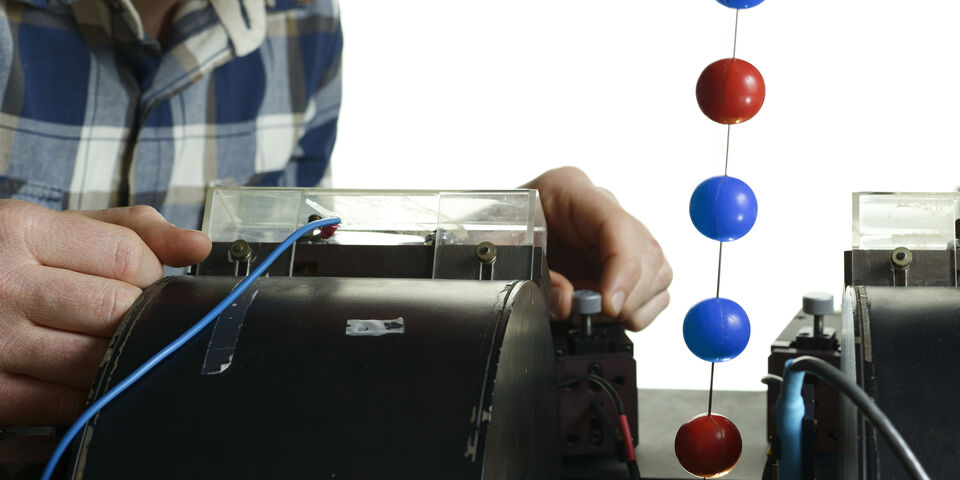A spintronic skyscraper
Imagine never having to boot your computer again. Imagine fast, energy-efficient and reliable memories with huge capacity. It could become a reality with spintronics. ‘Spintronician’ dr.ir. Reinoud Lavrijsen moved from TU/e to Cambridge where he published an article about a three-dimensional chip (‘a spintronic skyscraper’), and has now returned to Eindhoven with a Veni Grant.
A computer’s primary storage stores information temporarily using electric charge. In case of a power outage, all unsaved data is lost. This volatile electric primary storage is the reason a computer needs to boot before you can get to work, because that’s when data from the hard disk are uploaded to the primary storage.
Using spintronic chips rather than the current electric chips, waiting for your computer to boot will be history, dr.ir. Reinoud Lavrijsen explains. “Spintronics makes use of the so-called electron spin and its associated magnetic properties. It allows us to store digital information in extremely thin layers of magnetic material, which has the advantage of holding on to that information even when the computer shuts down. In fact, information is stored for a much longer time than on flash drives, because those permanent electric memories gradually lose data, due to which at some point files become unreadable.”
Another major advantage of spintronics is that magnetic bits can be minimized to an extent unthinkable with electric components. And that makes for faster computers.
Right now, spintronics is moving from its experimental phase to use in actual computers. MRAM (magneto-resistive random access memory), as spintronic memory is called, seems to be the memory of the future. Still, although storing data is important, a computer should also be able to process information, of course. And for that, a fully functional computer chip is essential.
Over the past two years, after receiving his doctorate from the Physics of Nanostructure (FNA) group at TU/e, Lavrijsen made significant headway in Cambridge by designing a concept for a chip that’s entirely based on spintronics, meaning no electric transistors are involved. His British adventure led to a publication in renowned scientific journal Nature last week.
Lavrijsen, now back at his old spot at FNA -he’s been awarded a Veni Grant to finance himself and his research at TU/e for the next three years- says he met Professor Russell Cowburn of the acclaimed Cavendish Laboratory in Cambridge at a conference. “Cowburn told me he had plans involving three-dimensional spintronic chips, only he intended to store the information in electron spins oriented in the plane of magnetic layers. In Eindhoven, I had learnt it’s advisable to orient the spins perpendicularly to the magnetic layer, since that way they’re much more stable.”
Cowburn was impressed and invited Lavrijsen to come to Cambridge in March of 2011. In June of that year, Lavrijsen was awarded a Rubicon Grant that allowed him to work in England for a year and a half.


Discussion